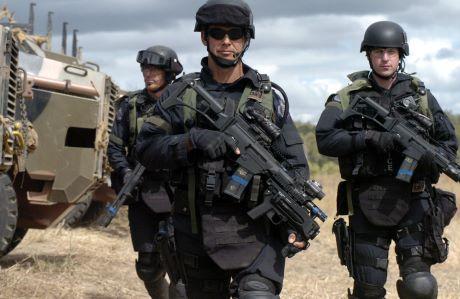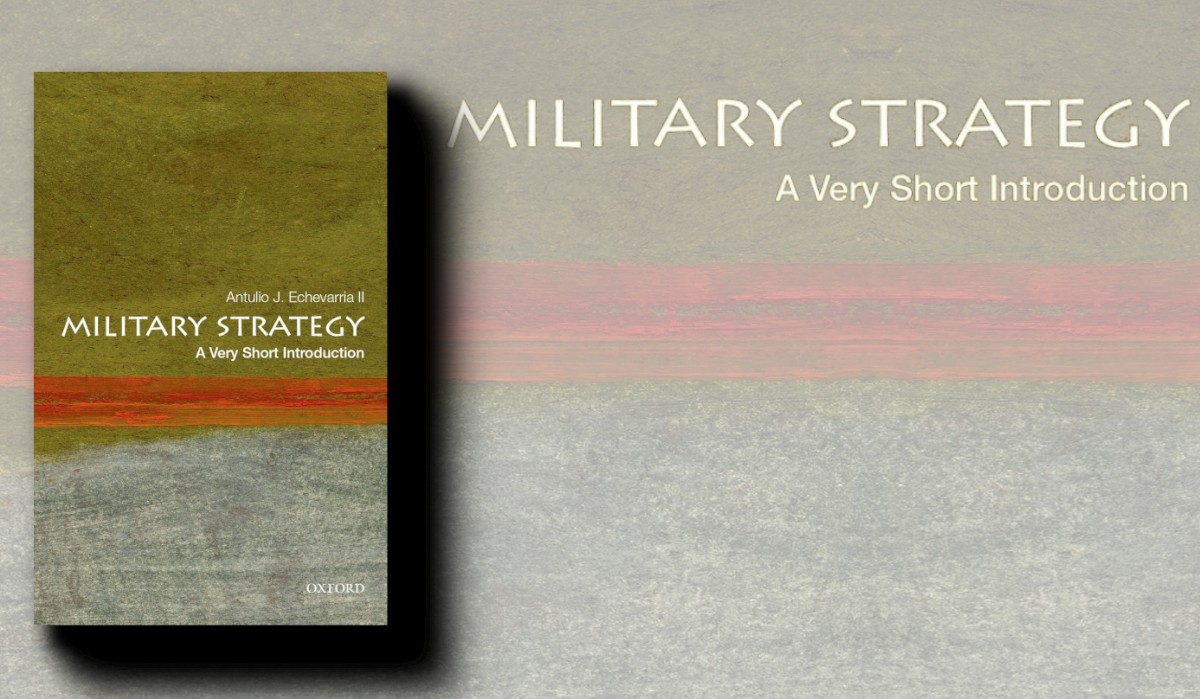In an address to the National Press Club in October 2006, the Commissioner of the Australian Federal Police (AFP) at the time, Mick Keelty, mentioned that the increasing demand for police to participate in increasingly complex and robust international peace-keeping operations had led the AFP, notably its International Deployment Group (IDG), to grapple with the notion of it operating as a ‘pseudo-gendarmerie force’. As Australia’s defence community and concerned academics have sought to sift for lessons from past involvements in Afghanistan and Iraq, it is worth revisiting the notion of a gendarmerie force, especially given that police are increasingly being called upon to provide solutions in a global security landscape where the barriers separating war and law and order are breaking down.
The role of police in conflict received much attention within the counterinsurgency and peace-keeping literature post 9/11. With police forces being the first line of defence for their communities, and enjoying the operational benefits of close proximity to those they police, the skills inherent in their responsibilities and duties are now widely regarded as essential to managing counterinsurgency complex operations. Traditionally, the view developed amongst policy makers and security practitioners that in these types of intra-state conflicts, military forces would first reduce violence and then transition to police who would then keep the peace through delivering law and order, and by virtue of this, reproduce and maintain the very political order being challenged by insurgents, terrorists, and criminals. Both American and British doctrine post 9/11 emphasized this need, stressing that successful counterinsurgency depended on military forces being able to transition to properly trained indigenous police forces.
The belief though that military forces ought to create a space for police is premised on an outdated linear understanding of conflict. In the modern environment where complexity reigns, insurgents, terrorists and criminals now have access to the resources needed to challenge the integrity of the State across multiple domains and fronts. This process is being assisted by the forces of globalization which have begun to break down the distinction between the international realm of war and the domestic realm of law and order. The result has been disruptions to law and order have become the most common threat to international security. Robert Kaplan, writing for the Atlantic as far back as 1994 called this process The Coming Anarchy, arguing that the breakdown of societies was emerging as the pre-eminent threat to global security, with, in more recent times, the Arab Spring demonstrating the implications for this process.
Much of the trouble Western military forces have faced during the post 9/11 wars have been an inability to operate effectively in an environment that, while seemingly demanding a military response, actually require a law and order fix. While counterinsurgency doctrine posited a means by which a military force designed for war could better adapt to this reality, expecting a military force immersed in a war fighting culture to be able to sustain the required policing posture amidst spiralling violence proved unsustainable. Likewise, when police forces were stood up in places such as Iraq andAfghanistan, their inability to operate in environments that required greater applications of force than usually expected of police resulted in them sacrificing their policing training for the expediency of military outcomes, ultimately resulting in police units resembling nothing more than light infantry units.
It is within this context that a gendarmerie force offers its greatest benefits. As the dichotomy between war and crime breaks down, ensuring a response to complex emergencies that blends domestic policing with military operations makes increasing sense. A gendarmerie force is a force that has this versatility inbuilt into it, it is a force capable of operating appropriately amongst a community and being the thin blue line, while at the same time delivering military objectives, both on its own or with military forces, should circumstances dictate.
While gendarmerie forces have not featured prominently yet in complex operations globally, the demand for and the number of police being deployed overseas has steadily risen. In September 2004, European nations founded the European Gendarmerie Force (EGF or EUROGENDFOR), which now includes the gendarmerie forces of France, Italy, the Netherlands, Poland, Portugal and Spain. As outlined in the statement of intent signed between these nations, the EGF has the advantage of being able to deploy under both military command and civilian authority, acting as an expeditionary military force designed for stabilization and law and order operations. In 2014 members of the EGF deployed to Bangui, the capital of the Central African Republic (CAR), to do just this. The deployment consisted of not only stabilization forces, but intelligence cells, community policing platoons, and the provision of training to CAR armed forces.
In 2005 the Italian Government established the Centre of Excellence for Stability Police Units as a training and doctrinal hub in accordance with the G8 Action Plan, “Expanding Global Capability for Peace Support Operations”. Since its inception, of which the US has since begun to assist with funding, the Centre has trained gendarmerie forces from nations such as South Africa, Chile, Indonesia, Nigeria and many more, with training geared towards allowing these forces to operate alongside military forces. While America has yet to stand up a gendarmerie force, the RAND Corporation released a study in 2009 recommending the US government consider standing up a Stability Police Force – a gendarmerie – emphasizing that military forces are no longer sufficient in complex operations.
By virtue of the International Deployment Group (IDG), the Australian government is at an advantage in standing up a gendarmerie type police force should it choose to do so. The IDG already has extensive international experience in maintaining law and order in the Asia-Pacific region in areas such as East Timor and the Solomon Islands, and with UN missions further abroad such as in Cyprus and South Sudan. While its experience on the front lines under fire in complex operations is minimal, the IDG is made up of experienced and well trained police officers backed by highly trained specialist functions, including tactical and forensic officers. It does therefore present a strong institutional foundation should the government consider standing up a gendarmerie type force.
Finally, and perhaps most importantly, as I have written before, if the government decides to go down this path, the IDG, as all internationally deployed police forces should, ensure that more attention be paid to indigenous methods of policing. As always, the risk with working alongside foreign, indigenous forces amongst a foreign community is an unrealistic expectation that Western traditions and ways of doing things will be readily accepted as best practice. Ultimately, indigenous forces need to reflect the cultural nuances of the community they police. While presenting new challenges, the ability to work through indigenous police forces gives policy makers greater flexibility to operate in an environment where change and flexibility is the name of the game.




